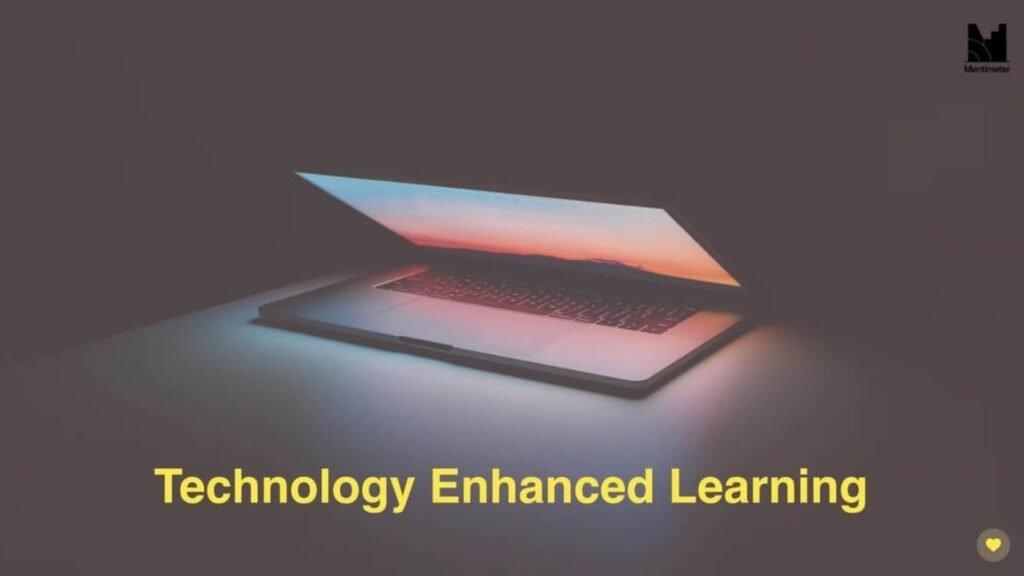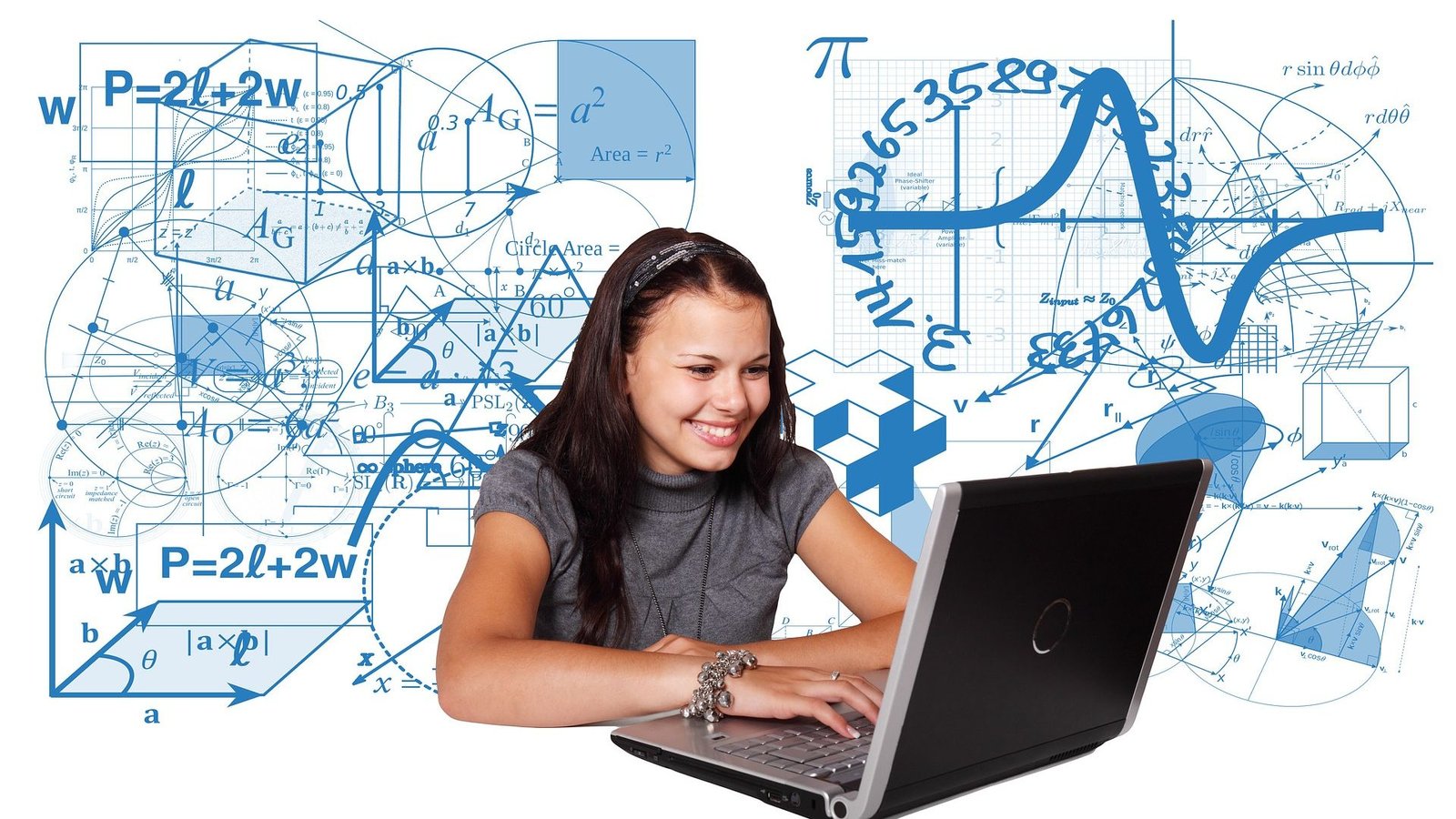How Technology is Enhancing Education
Technology is profoundly transforming the education landscape, making learning more engaging, accessible, and personalized. From digital classrooms to advanced learning tools, technology is reshaping how students and educators interact and learn. Here’s a look at how technology is enhancing education and what this means for the future of learning.

Online Learning Platforms
Accessible Education: Online learning platforms like Coursera, edX, and Khan Academy provide access to educational resources from anywhere in the world. These platforms offer courses on various subjects, allowing students to learn at their own pace and convenience.
Interactive Courses: Many online platforms feature interactive courses with multimedia content, quizzes, and discussion forums. This interactive approach keeps students engaged and helps reinforce learning through various formats.
Virtual and Augmented Reality (VR/AR)
Immersive Learning Experiences: Virtual reality (VR) and augmented reality (AR) offer immersive learning experiences that bring subjects to life. VR can simulate historical events or complex scientific concepts, while AR can overlay digital information onto physical objects, enhancing understanding and retention.
Hands-On Practice: VR and AR allow students to practice skills in a virtual environment, providing hands-on experience without the risks or limitations of real-world scenarios. This is particularly useful in fields like medicine, engineering, and art.
Personalized Learning
Adaptive Learning Systems: Technology enables personalized learning through adaptive learning systems that tailor educational content to individual students’ needs. These systems analyze student performance and adjust the difficulty level or provide additional resources to help students grasp concepts more effectively.
Learning Analytics: Learning analytics tools track and analyze students’ progress, providing insights into their strengths and areas for improvement. Educators can use this data to offer targeted support and adjust teaching strategies to better meet students’ needs.
Collaborative Tools
Online Collaboration Platforms: Tools like Google Classroom, Microsoft Teams, and Slack facilitate online collaboration among students and educators. These platforms support group projects, discussions, and real-time feedback, making it easier to work together and share ideas.
Global Connections: Technology enables students to connect with peers and experts from around the world, fostering global collaboration and cross-cultural understanding. Virtual exchange programs and international online projects broaden students’ perspectives and enrich their learning experiences.
Educational Apps and Games
Engaging Learning Tools: Educational apps and games make learning fun and interactive. Apps like Duolingo for language learning or Prodigy Math for math practice use gamification to motivate students and reinforce skills in an engaging way.
Customized Learning: Many educational apps offer personalized learning experiences, adapting to students’ progress and providing targeted practice in areas where they need improvement. This customization helps ensure that students stay engaged and make steady progress.
Digital Assessment and Feedback
Efficient Assessment Tools: Digital assessment tools streamline the process of evaluating student performance. Online quizzes, tests, and assignments can be automatically graded, providing instant feedback and freeing up educators’ time for other tasks.
Real-Time Feedback: Technology allows for real-time feedback on assignments and exams, enabling students to quickly understand their mistakes and learn from them. This immediate feedback helps students improve and stay on track with their learning goals.
Interactive Whiteboards and Smartboards
Enhanced Classroom Interaction: Interactive whiteboards and smartboards make classroom interactions more dynamic. These tools allow educators to display multimedia content, annotate materials, and engage students in interactive lessons, making learning more interactive and visually appealing.
Collaboration and Engagement: Smartboards support collaborative activities, where students can contribute ideas and work together on problems. This collaborative approach fosters a more engaging and participatory learning environment.
Assistive Technology
Support for Diverse Learners: Assistive technology provides support for students with disabilities, ensuring that education is accessible to everyone. Tools such as text-to-speech software, screen readers, and speech recognition systems help accommodate various learning needs.
Inclusive Learning Environments: Technology helps create inclusive learning environments by providing personalized support and resources for students with different abilities. This ensures that all students have the opportunity to succeed and thrive in their educational pursuits.
Cloud-Based Storage and Resources
Centralized Access: Cloud-based storage solutions allow educators and students to store and access educational resources from anywhere. This centralization makes it easy to share materials, collaborate on projects, and keep track of assignments and grades.
Resource Sharing: Cloud technology facilitates the sharing of educational resources and materials among educators, students, and institutions. This sharing promotes the use of high-quality resources and supports collaborative learning initiatives.
Advanced Research Tools
Access to Databases: Technology provides access to vast databases and research tools, allowing students and researchers to find and analyze information quickly. Online libraries, academic journals, and research databases support in-depth studies and academic research.
Data Analysis: Advanced data analysis tools enable students to analyze large datasets and draw meaningful conclusions. This capability is particularly valuable in fields like science, engineering, and social sciences, where data plays a crucial role in research and learning.
Conclusion
Technology is enhancing education by making learning more accessible, engaging, and personalized. From online learning platforms and immersive VR experiences to collaborative tools and assistive technology, these innovations are transforming how students learn and educators teach. As technology continues to evolve, its impact on education will only grow, offering new opportunities for students to succeed and thrive in their academic journeys.



